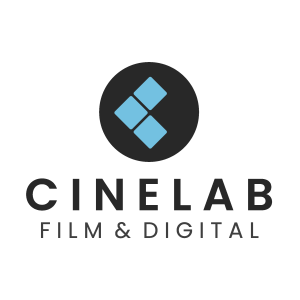
A Decade of Cinelab Film & Digital

“The year 2013 has been an amazing one for movies,” wrote The New Yorker’s film critic Richard Brody. But 2013 was a bad year for film. Not the titles released, but the physical stuff itself, recalls Adrian Bull, CEO of Cinelab Film & Digital. Shooting on film was in decline - 90% of all features in 2013 were shot digitally. “It was a low point,” he adds. Ten years on, however, and it’s all changed again with 2023 proving that filmmakers and audiences alike have an appreciation and an appetite for features shot on film, as reflected in the majority of titles competing this most recent awards season.
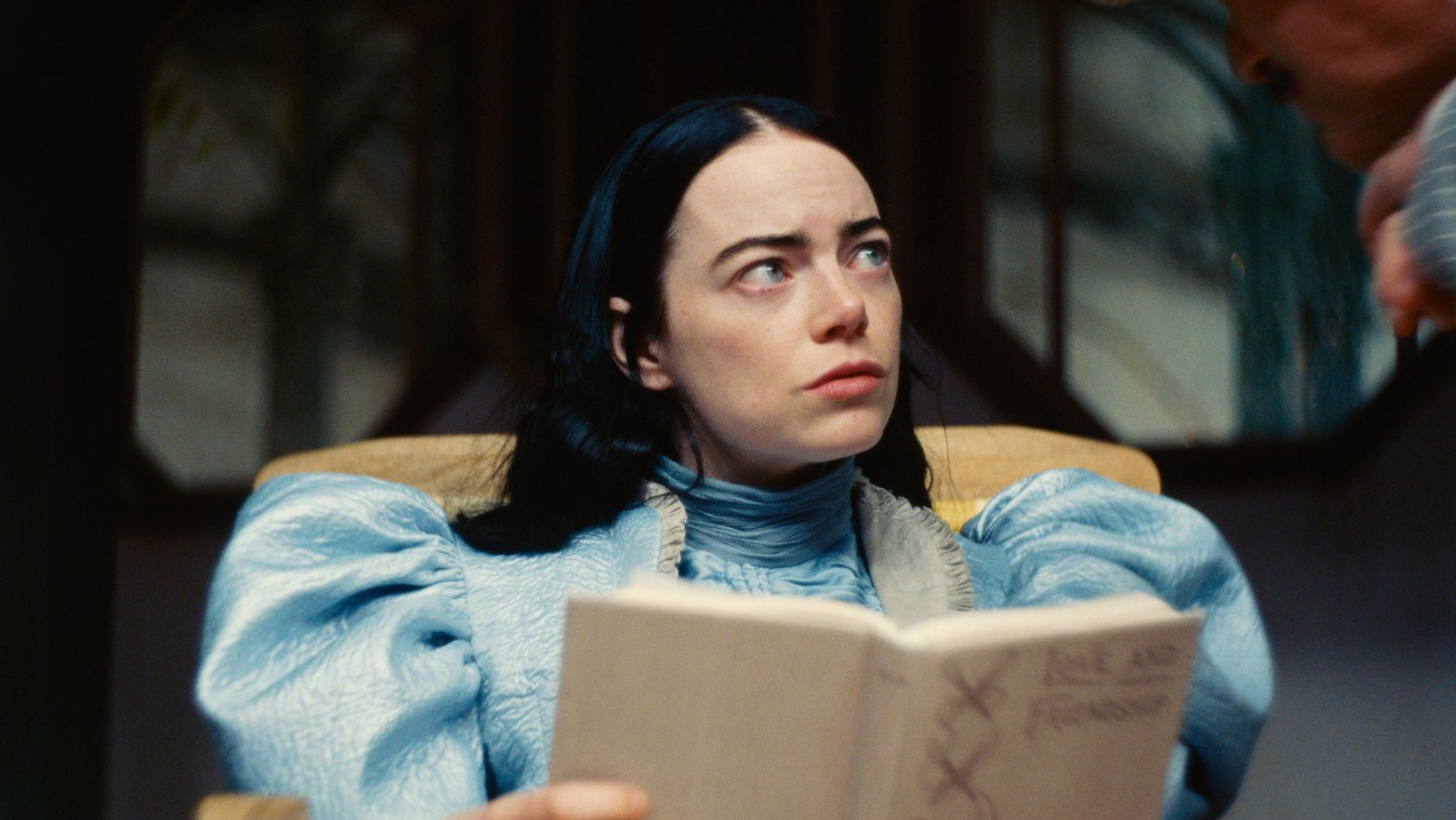
Still from 'Poor Things'
Yet in 2013, the exhibition side of the film industry was very much on its deathbed, heralded by the UK Film Council who subsidised the cost of digital projector installations in cinemas via the Digital Screen Network (set up in 2005 by the UK Film Council and the Arts Council England). It was a £12 million investment, equipping 240 screens in 210 cinemas across the UK with digital projection technology in a bid ‘to give UK audiences much greater choice’.
As such, the move was supposed to diversify programming - an arthouse feature in the afternoon, a blockbuster in the evening - though that vision never quite materialised. Filmmakers were still working with celluloid but the decline of film exhibition was putting film labs out of business. Still, Adrian had faith that filmmakers would continue to want to work with film, even if it was going to be digitally projected. It’s in the midst of these conditions and his strongly held beliefs about the value of film that Adrian launched Cinelab (then Cinelab London) to secure filmmakers’ capability to continue to do so, hopefully for generations to come.
A slow resurgence
Today, film is back in vogue, extending beyond long-form to episodic, ads and music videos too. Digital “has never managed to authentically replicate the aesthetic quality of shooting on film,” says Adrian. And digital hasn’t caught up with film when it comes to resolution either - a 65mm IMAX frame still has far more resolution than any digital camera.
Part of the delay of the resurgence was caused by a lag in technology. The scanners just weren’t as fast then as they are now, and it made the post production workflow slow, inclining makers towards fully digital productions over even hybrid ones. Digital technology has, then, always been relevant in the story of film, and its evolution complements the revival of film as a desirable and practical medium.
Meanwhile, the short-form realm was experiencing an oversaturation of digital imagery’s homogenised look, often falling flat and sterile. Film gave brands and music artists a chance to carve a separate and authentic visual identity in an environment of the forgettable. “We’re lucky to have seen a reversal of the digital trend and now a number of productions are shooting on film. And, from our perspective, we’re lucky that we’re working on a large proportion of those,” Adrian adds. Cinelab Film & Digital is the only full service film laboratory and digital dailies facility in the UK. Located in Slough, the company is strategically positioned close to some of the country’s biggest film studios - Pinewood, Warner Bros, Longcross, and Shepperton, to name a few.

Still from 'Star Wars: The Last Jedi'
Cinelab’s work is prolific, from blockbusters like ‘Star Wars: The Last Jedi’, ‘Mission Impossible’, and ‘No Time to Die’, to auteur features like ‘Phantom Thread’, ‘The Souvenir’ parts I and II, and ‘The Worst Person in the World’. As for the past 12 months, the team worked on critical and box-office hits like ‘Poor Things’, ‘Saltburn’, and ‘All of Us Strangers’. In short-form, the team has worked on music videos for Radiohead, Sam Fender, Little Simz and FKA Twigs, and commercials for Burberry, John Lewis, Louis Vuitton, and FIFA. Many will be surprised to read that HBO’s ‘Succession’ was shot on film (though this explains why it looked as good as it did) with Cinelab working on all of the show’s seasons, as well as the hit TV adaptation of of Sally Rooney’s novel, ‘Conversations with Friends’.
There was a time only a few years ago when streaming services were somewhat afraid of the grain that film presents; wi-fi connections were slower and TVs were not as good as they are today. With an upgrade in both, these issues have been resolved resulting in enthusiastic uptake of film across all streaming platforms.
What continues to draw filmmakers to film? The obvious answer is the aesthetic of the visuals produced. Director Christopher Nolan, who shot the multi-Oscar-winning ‘Oppenheimer' on 65mm film, recently said in an interview that, “Film is uniquely suited to pulling an audience into a subjective experience. The way a film camera records light onto its emulsion… That’s as close as you can get to the way the eye sees.” Hoyte van Hoytema, Oppenheimer’s cinematographer, expanded on the intrinsic appeal of working with celluloid at a press conference after winning a BAFTA for his work: “There is still not a format that in such a beautifully naturalistic way reproduces light and dynamics and colours as film does [...] when you shoot on the large format you’re capable of shooting your film in such a high quality that is still not possible with digital technology, so for that you need film. [...]The audience responds differently to films that are shot on film and I thought that was very important to say when I had a chance.”
Actress and director Greta Gerwig, whose second feature ‘Little Women’ was shot on film, likewise exalted the process of acting in front of a film camera, recalling her time on set and saying, “As an actor, I remember that feeling of importance. The performance felt like it was being written down on some record that mattered. I felt my soul rise closer to the surface so it could be seen. And, it was like a communion with a machine that you could have.”
Beyond the aesthetic, shooting on film also alters the production process itself. “There’s a different discipline around the process of shooting film. The costs of choosing film are proportional to the amount of film you shoot. What tends to happen is that there’s more discipline to shoots where film is used, like more rehearsal,” Adrian adds.
“The creative aspects become much more driven by the cinematographer or the camera operator rather than a group of people sitting and looking at all the digital pictures as real, and giving their feedback.” There’s an industry term for this clustering of people around a screen, ‘monitor village’. With digital, the attention shifts from the set, the actors, and the scene towards a screen depicting a surreal image unrepresentative of what’s actually being captured; the trust moves away from the expertise of the director and the cinematographer to the hive mind’s perception of what they think the shot on screen in that moment is.
Expanding capabilities
Still, Adrian is clear that there are advantages to both film and digital, based on preferences, genres and production circumstances. In 2021, Cinelab London became Cinelab Film & Digital after a merger with the digital dailies facility On Set Tech, and therefore completed its evolution from film lab into a fully integrated film and digital services facility. Cinelab had a pre-existing relationship with On Set Tech (run by then joint MDs, Simon Chubbock and Joshua Callis-Smith, now COO and CTO/colourist, respectively) and the two collaborated extensively and successfully on a number of projects - most prominently, Edgar Wright’s ‘Last Night in Soho’. The feature was shot largely on film with some digital elements that On Set Tech helped with, including colour grading. “This was our proof of concept, that the teams can come together and achieve something even bigger,” says Simon.
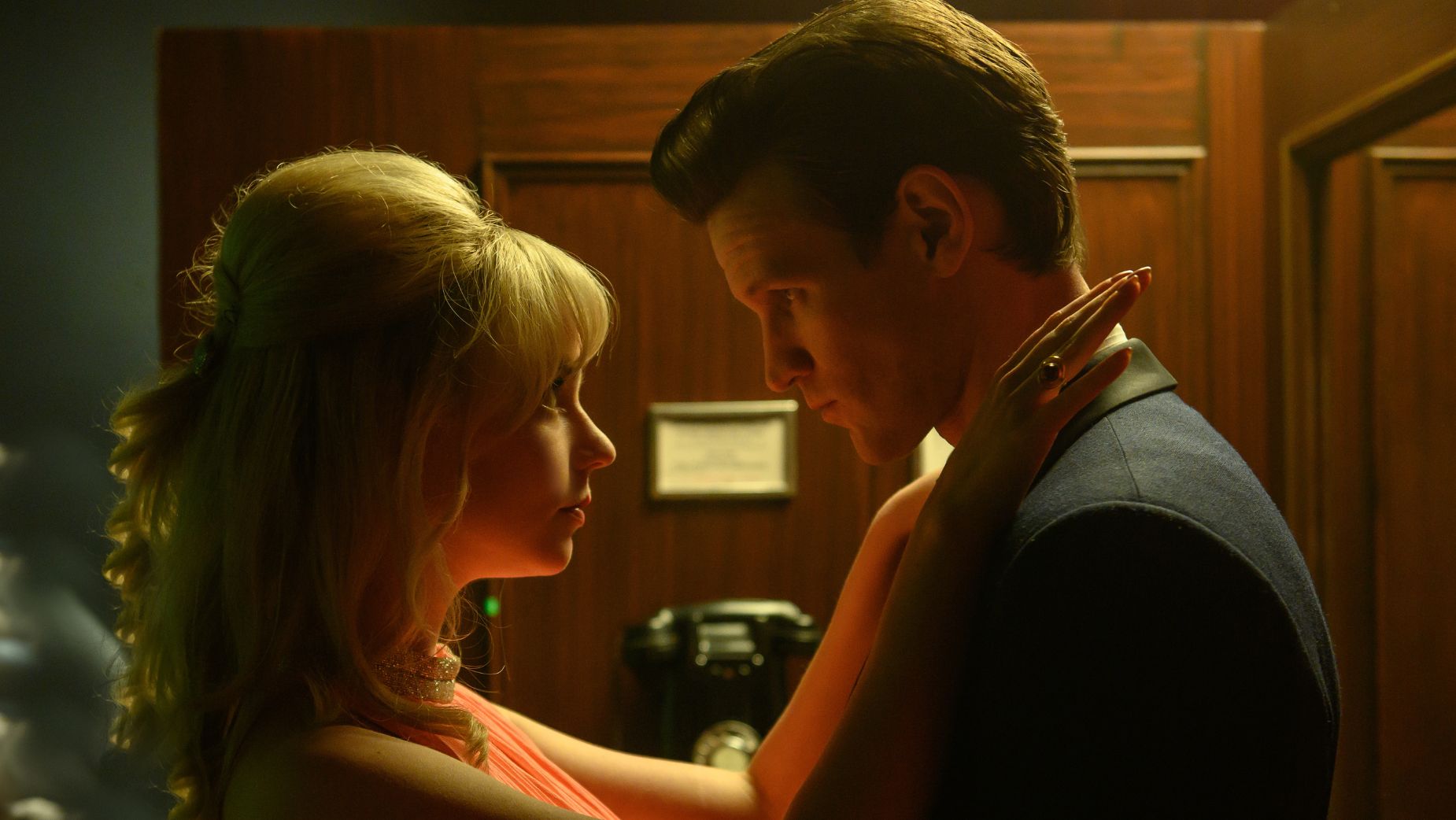
Still from 'Last Night in Soho'
Getting involved in the digital dailies service means that Cinelab is able to appeal to clients working across all mediums and to continue capitalising on its existing reputation and relationships. “We know that only a minority of productions are ever going to shoot on film. The people we work with might shoot a feature [on film] every one in three or four projects but why not stay with them for their working journey and service their digital productions?” was Adrian’s thinking at the time. “We’re embracing where our clients are at, whether they’re shooting film or digital, and providing a solution for either because a lot of film-made productions can end up with digital components for practical reasons,” he adds.
After a decade of business, Cinelab has perfected the workflow process and can guarantee the most efficient delivery of film, and now digital, within the industry. The team has the expertise and the equipment to process and scan all film formats - 8mm, 16mm, 35mm, 65mm. “The assumption with film workflows is that an old format uses old technology, but scanning technologies are always improving and we’re using the most advanced scanners on the market to extract very high quality, very high resolution images from film,” adds Simon.
Another development in Cinelab’s service offering is the capability to service productions remotely, like the Canada-shot ‘Wilderness’ that the team provided the digital dailies lab services for. “With internet speeds improving, we realised that we could do a lot of things remotely. It doesn’t matter where in the world a client is, we can send a remote digital lab package to that location and dial in to the drive to process the dailies from our HQ,” says Simon. While covid spurred the demand for remote working, the team now sees it as a natural extension of its services as the equipment and the infrastructure can be delivered easily.
The Smile, 'Wall of Eyes'
It’s worth highlighting that alongside everything technical, the team also provides a creative service. In the past, “cinematographers were required to attend dailies grading sessions in person to review footage. However, with the advancement of technology, it is no longer necessary,” Joshua explains. “Remote grading has opened up new opportunities for our colourists and cinematographers to collaborate and work together seamlessly, regardless of their location. This has greatly enhanced our workflow and enabled us to deliver the best results to our clients.” It’s a timely development, oriented towards the industry’s trend for international co-productions, with international broadcasters increasingly working collaboratively on productions.
Though film’s aesthetic quality remains somewhat ineffable, the DFD process (that’s digital-film-digital) is able to create an approximation by transferring a digital file via ARRILASER onto celluloid film. Joshua notes that DFD has become increasingly popular in recent years. It gives creatives who want to shoot on film but can't an opportunity to achieve the aesthetic look of the film. "It's not a direct replacement for shooting on film because digital cameras don't capture light in the same way celluloid does." However, if you are forced to shoot digital, this is by far the closest you are going to get to achieving that film look.
Joshua says that it can be used for entire projects shot digitally and looking for that authentic film look, or projects shot on film that had to shoot some elements digitally - DFD can unify those and create a cohesive final look.
Craft and urgency
Adrian recalls having conversations a decade ago and hearing from multiple people that they would never shoot on film. “They were adamant,” he says. On the other side were the die-hard film devotees who could not imagine working with any other medium. And between the two was a generation who had never worked with film yet saw it as a paragon of filmmaking practice.
“I saw the urgency of that talent coming through and wanting to get their hands on film cameras to learn, to experiment. Shooting on film is an achievement for them,” Adrian says. Once again, it’s in the short-form realm - where most people tend to start - that the revival has been felt the most, “we have seen such a strong return to shooting on film,” he adds. Some of the advocates of working with celluloid in short-form include directors Sam Pilling, Zhang and Knight, Tom Dream, Fiona Jane Burgess and Diana Kunst, who all cite the process and the outcome of film shoots as the reasons for why they favour it.
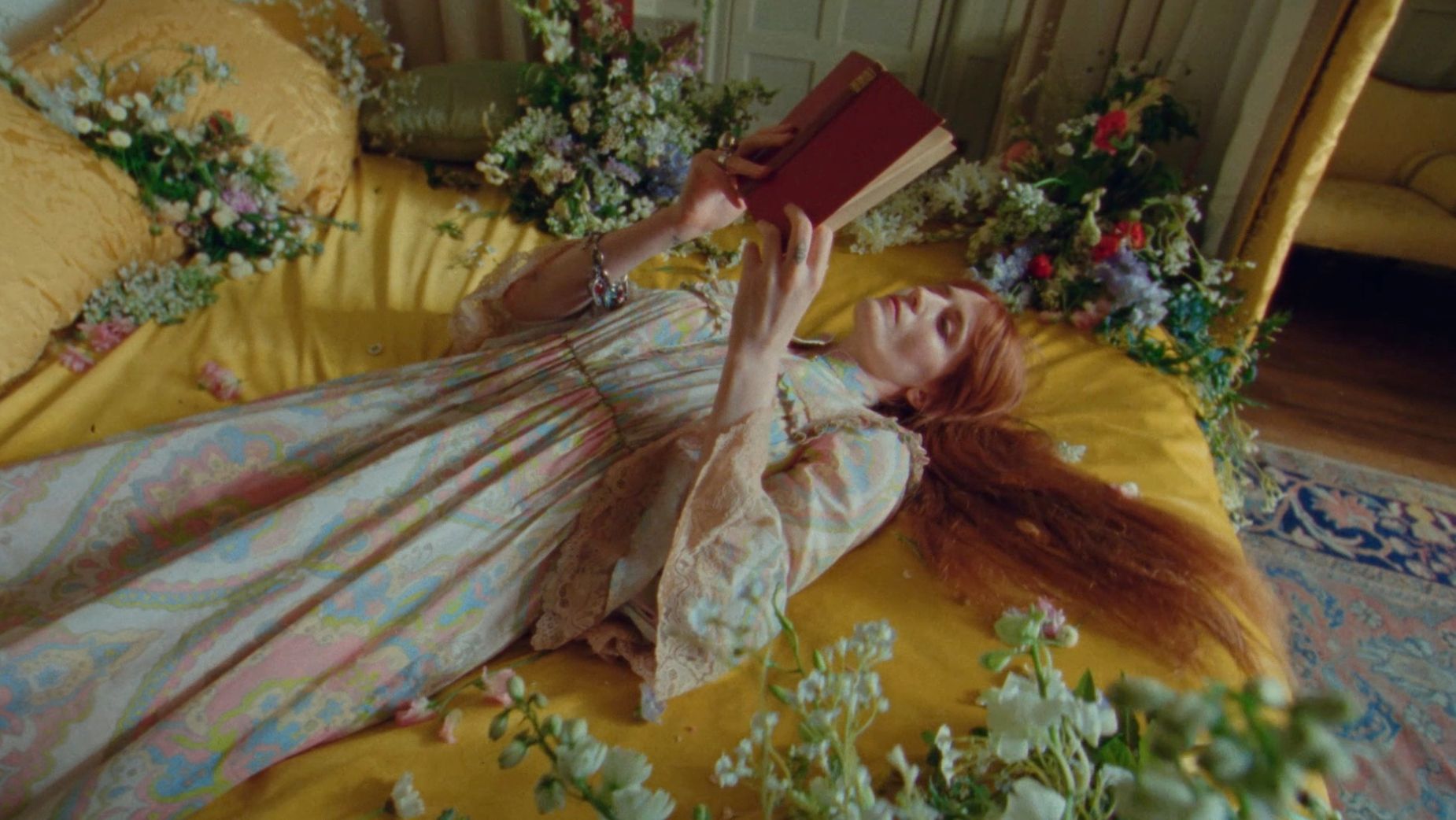
Gucci, 'The Awakening'
Perhaps the industry’s creatives are exhausted by the relentless slew of new cameras, the team reflects, and the complex learning curve that each one presents, contrasted with how relatively intuitive it is to operate a film one. Joshua likewise points to the lengths people go to replicate the look of film, like using old lenses. “Many filmmakers aim to replicate the classic film look when shooting digitally. They spend a considerable amount of time and effort in prep, selecting lenses, lighting and developing LUTs in an attempt to achieve a film-like appearance. However, despite all these efforts, the results often fall short of their expectations. The most effective and convincing way to achieve the classic film look is to shoot it on actual film. If you want your footage to have that timeless and authentic look, shooting on film is the way to go.”
Burberry, 'Open Spaces'
In 2023, the British Film Institute hosted a ‘Film on Film’ festival to celebrate “not just the genius of the filmmakers, but the stuff itself: celluloid with sprocket holes,” screening a rich selection of features, long and short, all projected on film. Part of the festival focused on screening archival, rarely-seen and even never-seen prints to highlight the ephemerality of film and the need for thoughtful preservation. Cinelab is likewise deeply invested in protecting film heritage, noting that storing films on hard drives isn’t the future-proofed solution many consider it to be. Technology degrades and eventually the new computers won’t have the ability to read the information stored on obsolete drives, unlike film, which - when stored correctly - can always be scanned at a later date. Though a small part of Cinelab’s overall business, creating archival 35mm prints is essential to the company’s ethos of preserving and ensuring the future, and the past, of film.
Over the past twelve months, Adrian says, Cinelab created more film deliverables than at any other time. Audiences have rediscovered their appetite for film-projected features and more and more cinemas are embracing the format. Over in Hollywood, Quentin Tarantino’s New Beverly Cinema, where possible, shuns digital completely. And some releases are choosing to exhibit on 70mm film despite being captured digitally, like in the case of ‘Dune: Part II’. The feature was shot on digital to elude any possible sense of nostalgia that the film aesthetic presents, according to DP Greig Fraser, though it was then transferred onto 35mm (to smooth digital’s sharpness) before getting scanned to digital again to achieve the final look. Finally, many cinema-goers can enjoy the feature on 70mm IMAX screens to get the full spectacle of the barren sci-fi landscapes.
This highlights a full circle moment for the industry from where it was a decade ago, when even features that were shot digitally are being presented on film.
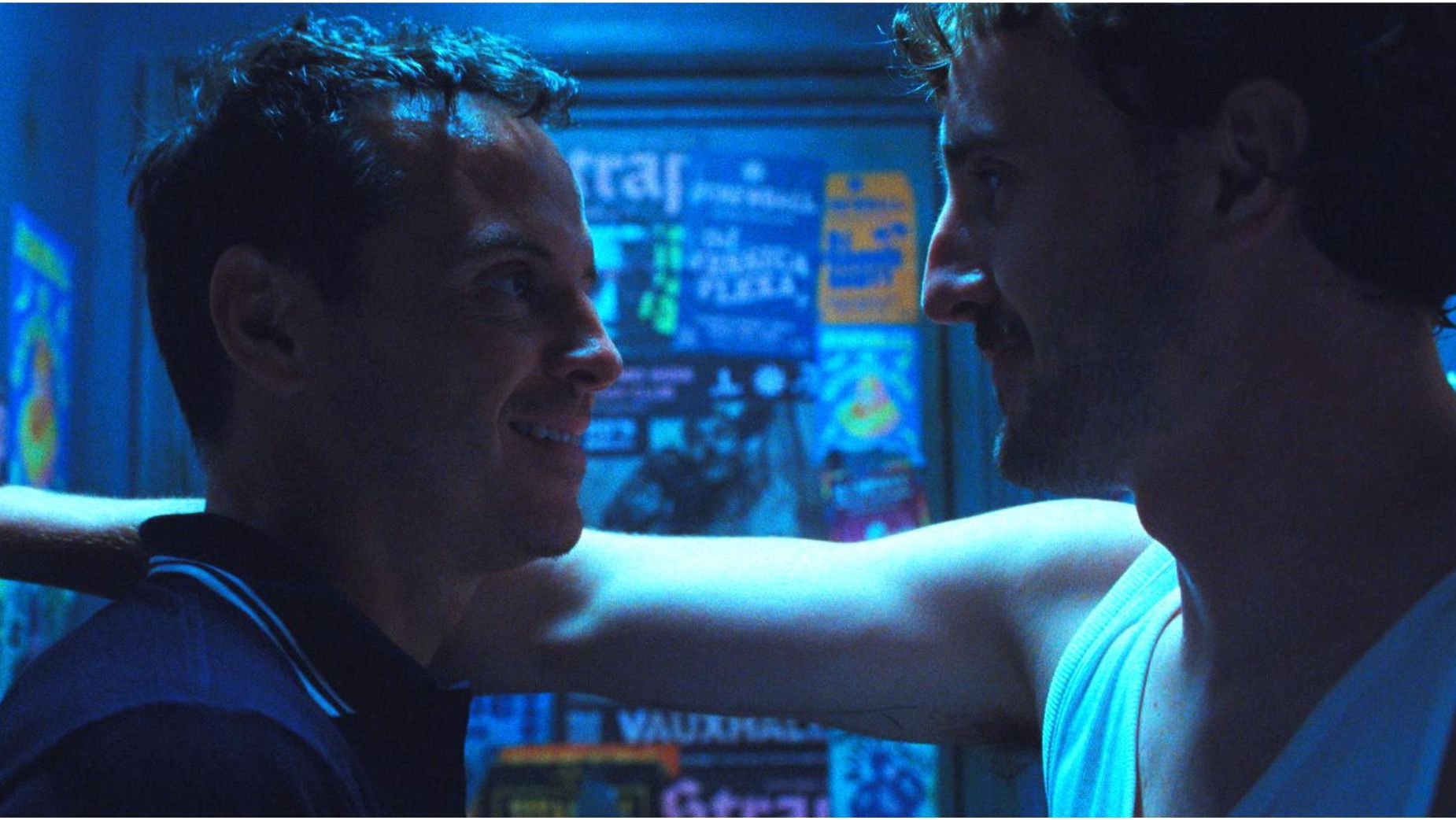
Still from 'All of Us Strangers'
The next 10 years?
Adrian and the team are smiling when questioned about what the future holds - though they can’t share any details yet. “We’re really excited to reveal some of the recent film and digital projects that we have been working on,” Adrian says. One of the projects especially, top secret for now, is of an unprecedented scale.
“I look over the years and remember that starting point around 2014 where I thought that we needed to get a big studio film, we needed to get a franchise, which we have now all done, and we have worked with Netflix, Amazon Studios, and HBO. We’ve exceeded our expectations. At the same time, we’ve expanded our digital services too.” Also fuelling the team’s confidence is their tremendous capacity, bandwidth and resources to process lots of data. This capability may soon look like offering Cinelab’s services to entertainment and high-end reality TV programmes, which often have extensive amounts of footage that post houses aren’t optimised to deal with.
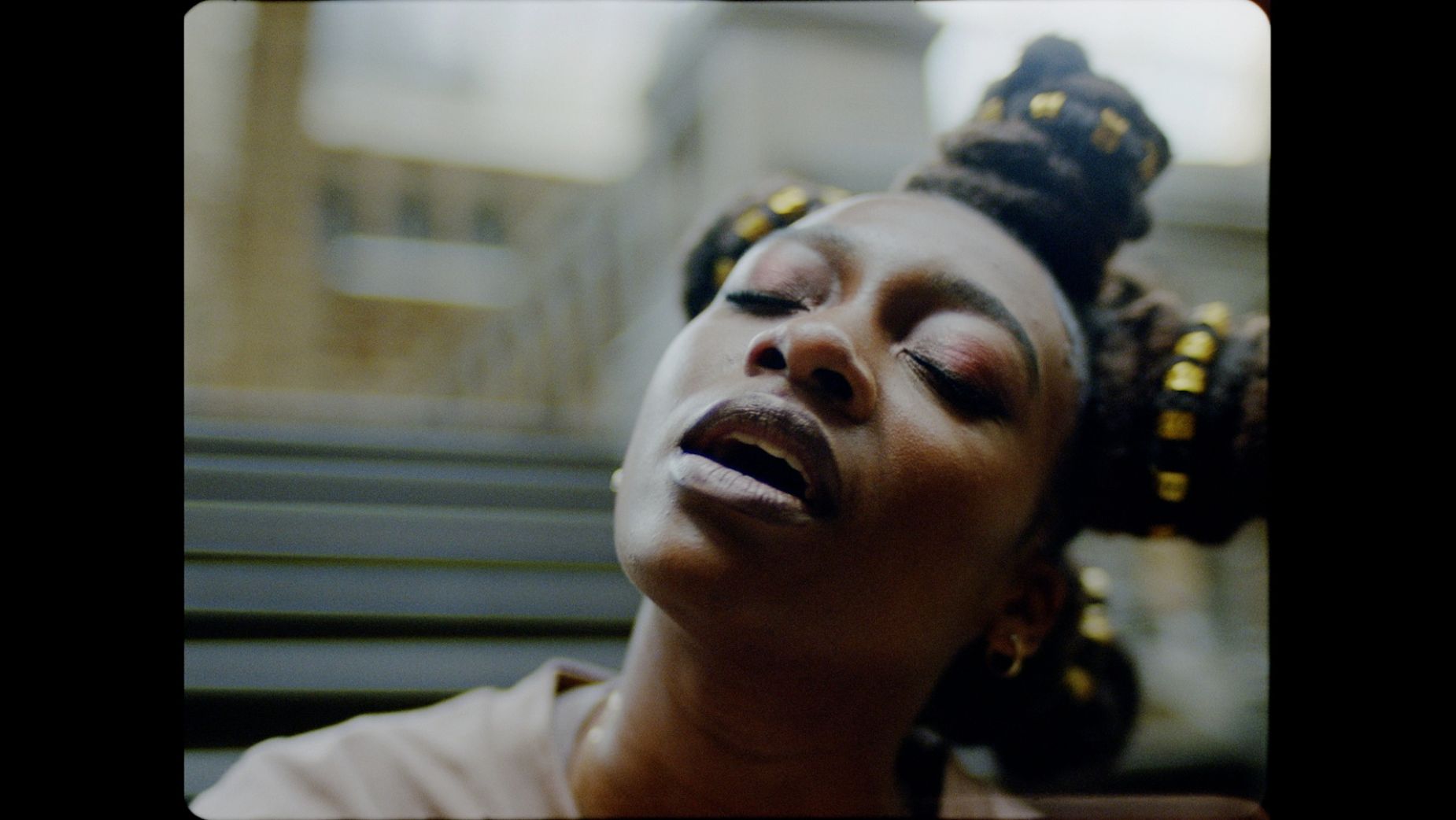
Still from Little Simz's 'Introvert' video
The company's evolution from a film lab to a film and digital facility is not the end of the journey. Further organic developments are in the works, inspired by client requests and the need gaps the team is spotting daily. The next stage looks to further bolster existing post production capabilities, with the team now regularly fulfilling finishing requests with the expertise of colourists Joshua, Darren (Rae), and Paul (Dean). Last year, Darren completed the colour grade on ‘Handling The Undead’ which premiered at the Sundance Film Festival, a film Cinelab also processed, scanned and delivered dailies during photography.
Considering Cinelab’s history and the people who shaped where it is today, it’s evident that everything the company does is oriented towards supporting makers in whatever filmic medium they want to produce their work in - digital or film, long or short-form. Of course, they’ll always have a soft spot for the physical stuff itself, endeavouring to keep the tradition of shooting and screening it alive for those who love and respect it now - and for generations to come.







